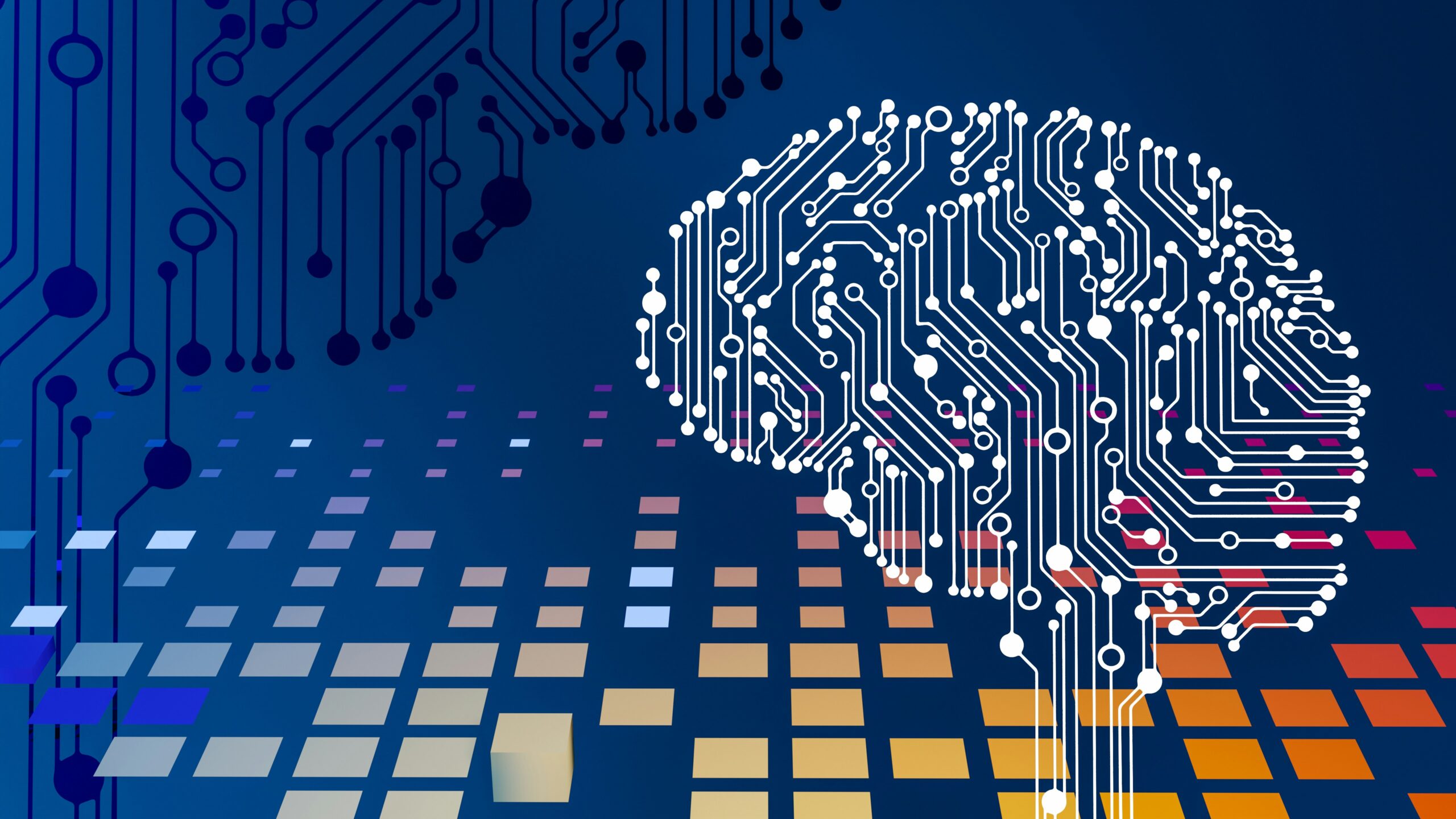Generative AI in Testing: Revolutionizing Software Quality Assurance

Generative AI is rapidly transforming the landscape of software testing, bringing unprecedented efficiency, accuracy, and coverage to quality assurance (QA) processes. This revolutionary approach leverages artificial intelligence to automate and enhance various aspects of testing, from generating test cases to executing complex scenarios. In this comprehensive guide, we delve into the benefits, applications, challenges, and future trends of generative AI in testing, shedding light on how it is poised to redefine software quality assurance. Learn how to use AI to write test cases with remarkable precision and discover why aqua cloud is at the forefront of this innovation.
What is Generative AI?
Generative AI is a subset of artificial intelligence that can create new content, including text, images, and even code, by learning patterns from existing data. In the context of software testing, generative AI uses sophisticated algorithms to automatically generate test cases, scenarios, and scripts based on the analysis of software requirements and user behaviour. By using large datasets and advanced machine learning techniques, generative AI can produce highly accurate and relevant test cases that significantly reduce manual effort and improve test coverage.
Benefits of Generative AI in Software Testing
Generative AI offers numerous advantages that enhance the overall efficiency and effectiveness of software testing processes. Here are some key benefits that organizations can expect when adopting AI-driven software testing:
- Automated Test Case Generation: Generative AI can automatically create test cases, reducing the time and effort required for manual test creation. For instance, AI can analyze software requirements and user stories to generate relevant test cases within minutes. This automation not only accelerates the testing process but also ensures that test cases are comprehensive and up-to-date, enabling teams to focus on more critical tasks. According to a report by MarketsandMarkets, the AI in the testing market is expected to grow at a CAGR of 44.9%, highlighting the increasing reliance on AI-driven automation.
- Increased Test Coverage: By generating a wide range of test scenarios, generative AI ensures comprehensive test coverage, identifying edge cases that might be missed by human testers. For example, AI can simulate various user behaviors and interactions, uncovering potential issues that traditional testing methods might overlook. This extensive coverage leads to more robust and reliable software, reducing the risk of defects in production. A study by Capgemini found that organizations using AI in testing reported a 20% increase in test coverage compared to manual testing.
- Enhanced Accuracy: AI-driven software testing minimizes human error, ensuring more precise and reliable test results. Automated test case generation and execution eliminate the inconsistencies and oversights that often occur in manual testing. For instance, AI can execute tests consistently and accurately every time, providing repeatable and dependable results. This enhanced accuracy leads to higher quality software and fewer post-release issues, improving user satisfaction and reducing maintenance costs.~
- Faster Time-to-Market: Automating test generation and execution accelerates the testing process, allowing faster release cycles and quicker time-to-market. AI can significantly reduce the time required for regression testing by running multiple tests in parallel and providing instant feedback on code changes. This speed enables development teams to release new features and updates more frequently, staying ahead of competitors. According to a report by Accenture, companies that implement AI-driven testing can reduce their time-to-market by up to 30%.
- Cost Efficiency: Reducing manual effort in test creation and execution leads to significant cost savings in the long run. AI can handle repetitive and time-consuming tasks, freeing up testers to focus on more strategic activities. Additionally, early bug detection and improved test coverage reduce the costs associated with fixing defects later in the development cycle. A survey by Deloitte found that organizations using AI in testing achieved a 40% reduction in testing costs compared to traditional methods.
- Adaptability: Generative AI can quickly adapt to changes in software requirements, ensuring that test cases remain relevant and up-to-date. As software evolves, AI can continuously learn and update test scenarios based on new data and user feedback. This adaptability is crucial in agile and DevOps environments where requirements frequently change. For example, AI can automatically generate test cases for new features added during a sprint, ensuring continuous testing and integration.
- Improved Bug Detection: By generating diverse test scenarios, generative AI enhances the likelihood of uncovering critical bugs early in the development cycle. AI can simulate various user paths and interactions, identifying potential issues before they reach production. Early bug detection leads to more stable and reliable software, reducing the risk of costly post-release fixes. According to a study by IBM, finding and fixing bugs early in the development process can save organizations up to 30 times the cost of addressing issues after release.
How Generative AI Works in Testing
Generative AI in testing operates through a series of well-defined steps that leverage artificial intelligence and machine learning. This structured approach enables AI systems to efficiently create and execute test cases, enhancing the overall testing process. By analyzing vast amounts of data and learning from patterns, generative AI can generate highly relevant test scenarios that improve test coverage and accuracy. According to Gartner, by 2025, AI-driven tools will be a key component in 70% of all testing automation efforts, underscoring the growing importance of AI in quality assurance. Understanding these stages is crucial for organizations looking to implement AI-driven software testing and achieve significant improvements in their testing workflows.
- Data Collection and Analysis: AI systems collect and analyze data from various sources, including software requirements, user stories, and historical test cases.
- Pattern Recognition: Advanced algorithms identify patterns and relationships within the data, learning from existing test cases and user behavior.
- Test Case Generation: Based on the identified patterns, generative AI creates new test cases, scenarios, and scripts that cover a wide range of potential use cases.
- Test Execution: AI-driven software testing tools execute the generated test cases, simulating user interactions and validating software functionality.
- Result Analysis: The AI system analyzes test results, identifying discrepancies, bugs, and areas for improvement.
- Continuous Learning: Generative AI continuously learns from new data and feedback, refining its algorithms and improving test case generation over time.
If you want to rely on AI for all your testing efforts, aqua cloud is here for you. It helps you create requirements from a simple voice prompt, generates test cases from these requirements, and then it helps you generate test data that will give you a chance do the testing before the actual testing process.
Key Applications of Generative AI in Testing
Generative AI can be applied to various aspects of software testing, providing significant benefits across different testing activities. Here are some of the key applications:
- Functional Testing: Automatically generates test cases that validate software functionality against specified requirements. By leveraging AI, these test cases ensure that every function of the software performs as intended, reducing the risk of functional defects.
- Regression Testing: Ensures that new code changes do not negatively impact existing functionality by generating comprehensive regression test suites. This application of generative AI is crucial for maintaining software stability and reliability after updates and modifications.
- Performance Testing: Simulates user behavior under different load conditions to assess software performance and scalability. AI-driven performance testing can predict how software behaves under peak usage, helping to identify potential bottlenecks and optimize performance.
- Security Testing: Identifies vulnerabilities and security flaws by generating test scenarios that mimic potential attack vectors. By automating security testing, generative AI helps to fortify software against malicious threats, ensuring robust protection for users.
- User Acceptance Testing: Generates test cases that reflect real-world user interactions, ensuring that the software meets user expectations. This application is vital for validating that the software provides a satisfactory user experience before its release.
- Exploratory Testing: Supports testers in exploring new features and functionalities by providing relevant test scenarios. AI enhances the exploratory testing process, enabling testers to uncover hidden issues and gain insights into the software’s behavior.
- Cross-Browser Testing: Automatically generates test cases for different browsers and devices, ensuring consistent user experience across platforms. This capability ensures that the software functions seamlessly on various browsers and devices, enhancing its accessibility and usability.
These key applications demonstrate the transformative potential of generative AI in the software testing process. By automating and enhancing these critical testing activities, organizations can achieve higher efficiency, accuracy, and reliability in their quality assurance efforts. Embracing AI-driven testing solutions paves the way for faster development cycles, reduced costs, and ultimately, superior software products.
Challenges and Limitations
Despite its numerous benefits, generative AI in testing also faces certain challenges and limitations. It is important to be aware of these potential hurdles to effectively implement AI-driven software testing solutions:
- Data Quality: The effectiveness of generative AI depends on the quality and comprehensiveness of the training data.
- Complexity: Implementing and maintaining AI-driven testing solutions can be complex and require specialized expertise.
- Initial Setup Costs: The initial investment in AI infrastructure and tools can be significant, although it often pays off in the long run.
- Scalability: Scaling AI-driven testing solutions to handle large and complex software systems can be challenging.
- Integration: Integrating generative AI tools with existing testing frameworks and workflows can be difficult.
- Trust and Adoption: Building trust in AI-generated test cases and gaining adoption among testers and stakeholders may require time and effort.
- Ethical Considerations: Ensuring that AI systems are used ethically and responsibly in testing is crucial to avoid potential biases and negative consequences.
Conclusion
Generative AI is set to revolutionize the field of software testing, offering transformative benefits that enhance efficiency, accuracy, and test coverage. By automating test case generation and execution, AI-driven software testing accelerates the development process, reduces costs, and improves overall software quality. However, organizations must address challenges such as data quality, complexity, and scalability to fully realize the potential of generative AI in testing. As AI technologies continue to evolve, the future of software testing looks promising, with generative AI playing a pivotal role in shaping the next generation of quality assurance practices.





